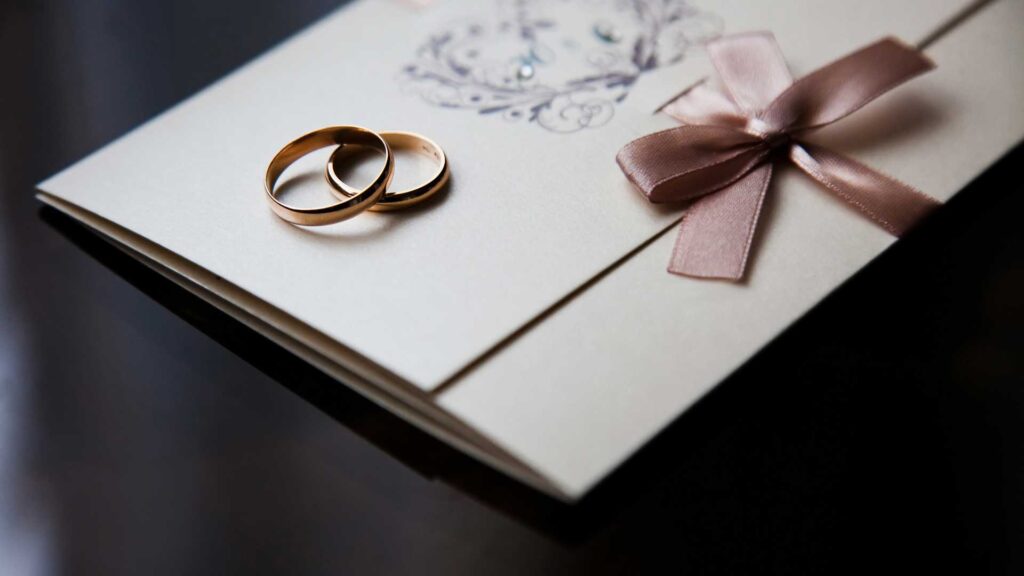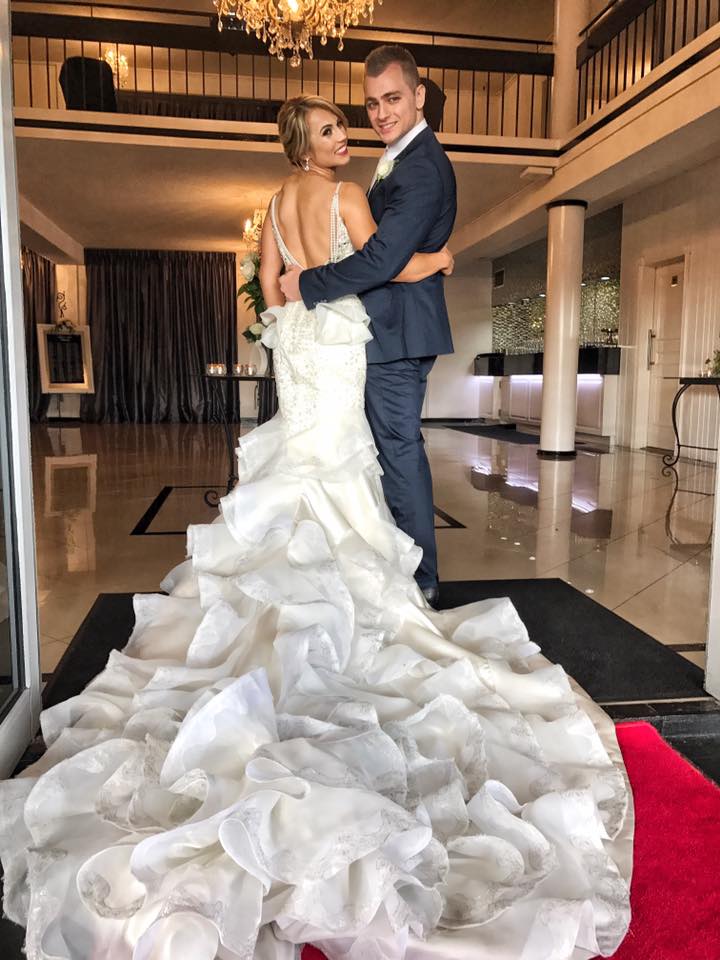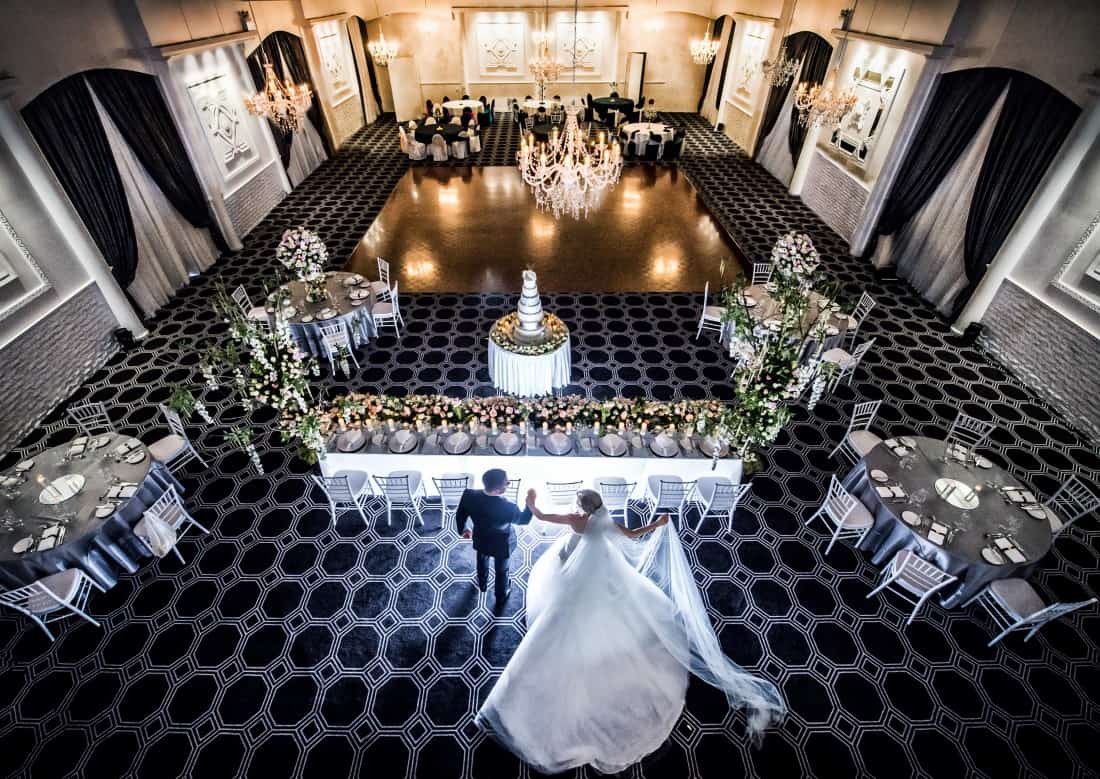When planning your wedding, sending out invitations at the right time is important. It’s a balancing act—you don’t want to send them too early or late. If you’ve already sent out save-the-date cards, your guests should know your wedding date. However, your formal invitations are an important reminder and help you finalise key details like the RSVPs, seating arrangements, and headcount.
Let’s Get Straight to the Point
When sending out wedding invitations, timing is important. Invitations should generally be sent out eight weeks before the wedding, with special considerations for international guests (4 months in advance), holidays (2-4 weeks earlier), and destination weddings (4-6 months in advance).
Hand-delivered invitations should be sent 4-6 weeks before the event. Invitations should include essential details such as the names of the couple and hosts, the wedding date, time, and location, and an RSVP card with a self-addressed stamped envelope. Avoid including gift registry information on the main invitation; direct guests to your wedding website for additional details.
When Should You Send Out Wedding Invitations?
Start addressing your wedding invitations three months before your wedding day for a smooth planning process. If you’re working with a calligrapher, contact them four months in advance to ensure they have enough time to work on your invitations and guest list.
Ideal timing: Send out your invitations eight weeks before your wedding. This gives your guests ample time to respond, make travel arrangements, or take time off work.
Inviting International Guests
When planning to invite international guests to your wedding, it’s important to account for several factors affecting their attendance. Sending invitations four months in advance is recommended for the following reasons:
- Postal Delays: International mail can take significantly longer, depending on the destination country. By sending invitations early, you reduce the risk of your guests receiving them too late to make arrangements.
- Travel Planning: International guests often need more time to organise their travel, which includes booking flights, arranging accommodations, and potentially securing visas. By sending out invitations four months ahead, you give them ample time to complete these tasks without feeling rushed.
- Budgeting: Traveling internationally can be expensive. Early invitations allow guests to plan and budget accordingly, whether saving up for the trip or looking for cost-effective travel options.
- Work and Personal Commitments: Your international guests might need to request time off work or rearrange other personal commitments to attend your wedding. The earlier they receive their invitation, the easier it is for them to make these arrangements.
Sending Invitations Around Major Holidays
Weddings scheduled near major holidays require special attention when sending out invitations. Here’s why you should send invitations an additional two to four weeks earlier than usual:
- Busy Schedules: Major holidays like Christmas, Easter, or New Year’s are times when people’s calendars fill up quickly with family gatherings, vacations, and other events. By sending your invitations early, you allow your guests to prioritise your wedding in their holiday plans.
- Travel Considerations: Holidays are peak travel times, and flights, accommodation, and car rentals can be booked quickly and become more expensive. Early invitations allow guests to secure their travel plans before the rush, possibly at a better rate.
- Holiday Fatigue: Some guests may experience holiday fatigue or financial strain from the season’s expenses. Sending your invitations early allows them to plan around these issues and ensure they can attend your wedding without added stress.
Destination Wedding Invitations
Giving your guests as much notice as possible is vital for destination weddings. Sending out invitations four to six months in advance is ideal for several reasons:
- Financial Planning: Destination weddings often involve significant expenses for guests, including travel, accommodation, and possibly taking time off work. The extra time allows them to save money and budget for the trip.
- Logistics: Planning a trip to a destination wedding involves more than just attending the event. Guests may want to extend their stay to explore the area, which requires additional planning and reservations. Early invitations help them plan their itinerary without feeling rushed.
- Group Discounts: If you can secure group discounts on flights, hotels, or activities, giving your guests advanced notice increases the likelihood that they can take advantage of these deals.
- Vacation Requests: Guests may need to request time off work to attend your wedding, especially if it’s in a distant location. Providing ample notice ensures they have enough time to coordinate with their employers.
Hand-Delivered Invitations
Hand-delivering wedding invitations add a personal touch, but the timing is just as important as it is with mailed invitations. Here’s what to consider:
- Timing: If you’re planning to hand-deliver your invitations, aim to do so at least four to six weeks before the wedding. This gives your guests enough time to plan without feeling rushed, even if they don’t receive a save-the-date card.
- No Save-the-Date Card: If you didn’t send out save-the-date cards, aim to deliver invitations three months in advance. This ensures your guests have ample time to make arrangements, especially if travel or other preparations are required.
- Quality: Hand-delivering invitations often implies a more personal connection with the guest, so ensure that the invitations are of high quality. Consider using special printing techniques like foil stamping or letterpress to make the invitation feel more formal and significant.
- Geographical Considerations: If your guests are spread out geographically, plan your delivery route and schedule accordingly. It may be more practical to mail some invitations rather than hand-delivering them, particularly if time is tight.
What To Include In Your Wedding Invitations?
Creating the perfect wedding invitation is about more than aesthetics; it’s about ensuring your guests have all the necessary details to join you in celebrating your special day. Here’s a detailed look at what to include in your wedding invitations:
Names Of The Couple And The Hosts
The names of the couple getting married should be the most prominent part of your invitation. Traditionally, the hosts’ names (often the parents) are also included, especially if they contribute financially or play a significant role in organising the event. This is typically phrased as “Mr and Mrs John Smith request the honour of your presence at the marriage of their daughter, Emily Smith, to John Doe.” If both parents are hosting, you could say, “Together with their families, Emily Smith and John Doe invite you to celebrate their marriage.”
- Traditional Format: The bride’s name usually appears first, followed by the groom’s name.
- Modern Format: Couples may list their names alphabetically or in the Order they prefer, especially if they are hosting the wedding themselves.
Wedding Date, Time, And Location
The date and time of the wedding are critical pieces of information and should be clear and prominent on the invitation. Here’s how to present this information:
- Date: Write the date in full, such as “Saturday, the twelfth of June, two thousand and twenty-four.”
- Time: It’s traditional to write the time in words like “at four o’clock in the afternoon.” If your wedding is scheduled for an unconventional time, make sure this is clearly stated.
- Location: Provide the full address of the wedding venue, including any relevant details such as the name of the building, street address, city, and state. If the location is tricky, consider adding a small map or directions card as an insert.
Additional Information About The Reception
If the reception is being held at a different venue from the ceremony, including this information on a separate line or insert card is important. The details should include:
- Reception Venue: The full name and address of the reception venue.
- Time: The start time of the reception, especially if there’s a significant gap between the ceremony and reception.
- Dress Code (Optional): If there’s a specific dress code for the reception, you can briefly mention it here, such as “Black Tie Reception” or “Cocktail Attire.”
RSVP Card With A Self-Addressed, Stamped Envelope
An RSVP card is a crucial component of your wedding invitation suite. It lets guests formally respond to your invitation, letting you know whether they will attend. Here’s what to include on the RSVP card:
- Response Options: Provide clear options for guests to indicate whether they will attend. This can be as simple as “Accepts with pleasure” or “Regretfully declines.”
- Deadline: Include a deadline for when the RSVP should be returned. This is typically set two to three weeks before the wedding date to give you enough time to finalise catering and seating arrangements numbers.
- Meal Choices (if applicable): If you’re offering a choice of meals, include options for guests to select their preferences. This is especially important for venues that need meal counts in advance.
- Self-Addressed, Stamped Envelope: To make it as easy for your guests to respond, include a pre-addressed and stamped envelope with the RSVP card. This thoughtful touch increases the likelihood of receiving timely responses.
What Not To Include In Your Wedding Invitations?
Avoid including your gift registry information on the main invitation. This can come across as a request for gifts, which is different from the purpose of the invitation. Instead, include this information on your wedding website.
Timing is crucial when sending out wedding invitations, as it sets the stage for your event. By carefully planning when to send your invitations—whether for local, international, or destination weddings—you ensure that your guests have enough time to make the necessary arrangements to attend your big day.
Be mindful of special circumstances, such as holidays or the need for extra planning time for international guests. Your invitations should include all essential details like the couple’s names, wedding date, time, and location, and an RSVP card with a self-addressed, stamped envelope to facilitate responses.
While it’s important to provide your guests with all the necessary information, keep your invitations clear and focused, directing guests to your wedding website for additional details like gift registry information.
Following these guidelines will help ensure a smooth and enjoyable planning process, allowing you and your guests to focus on celebrating your special day.




